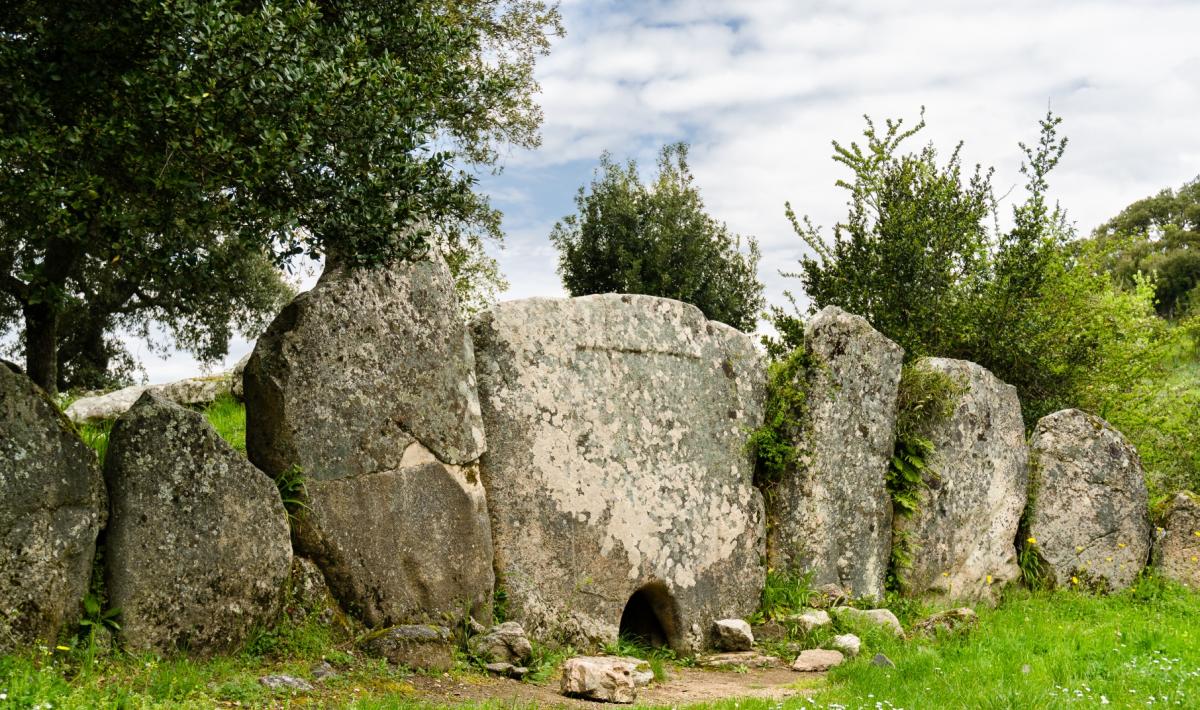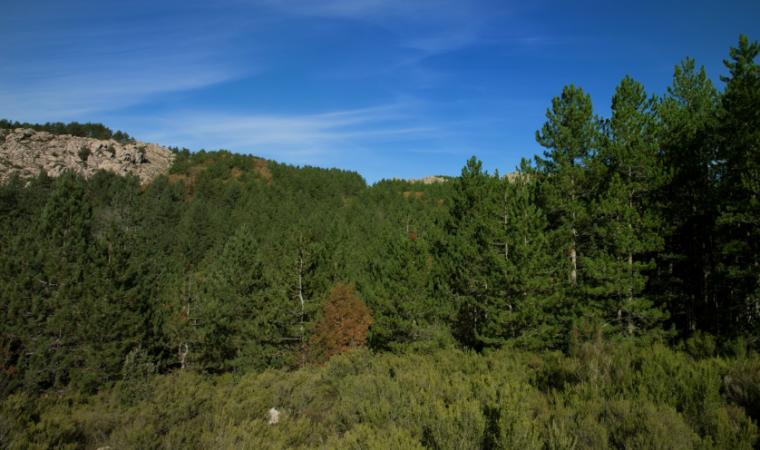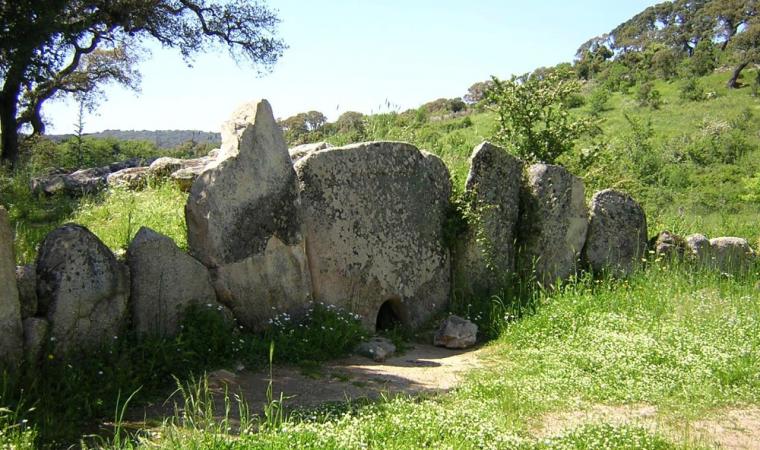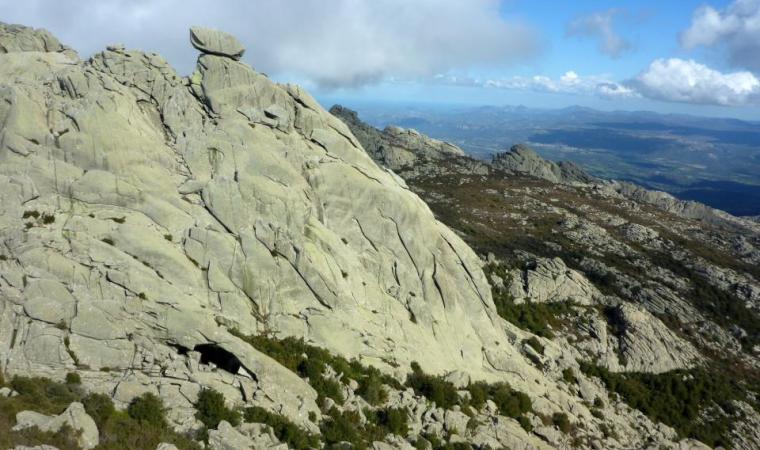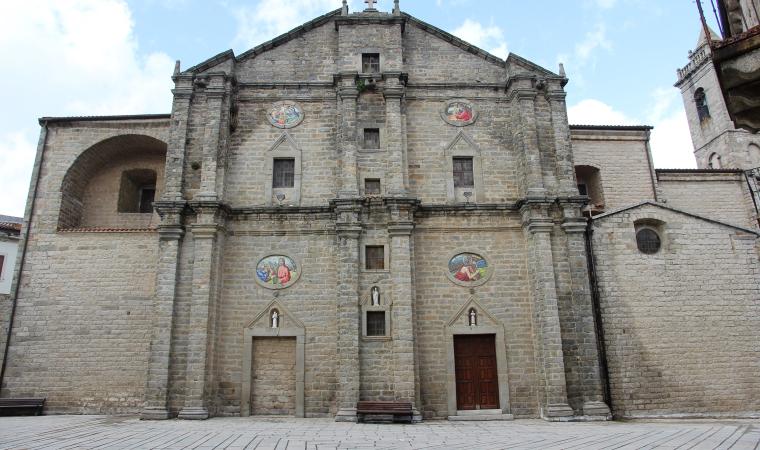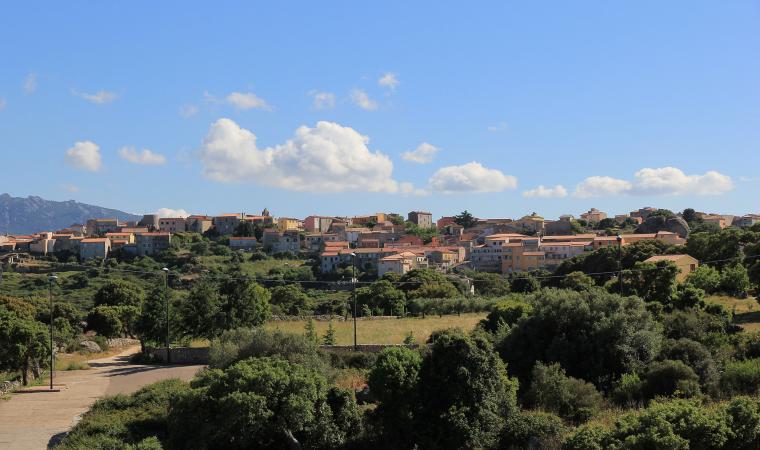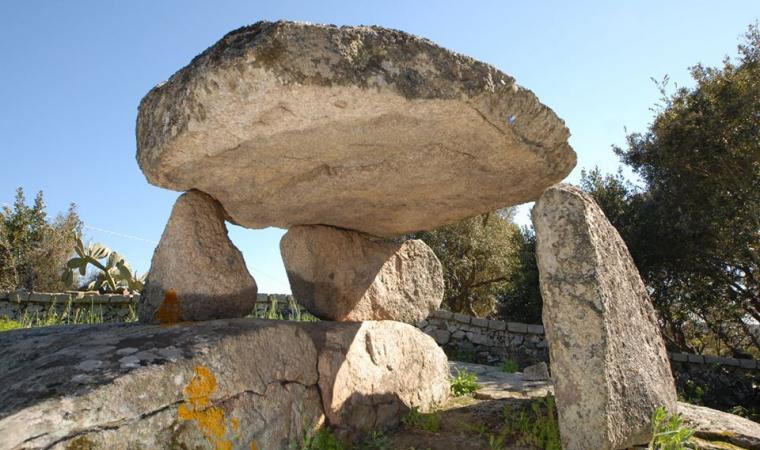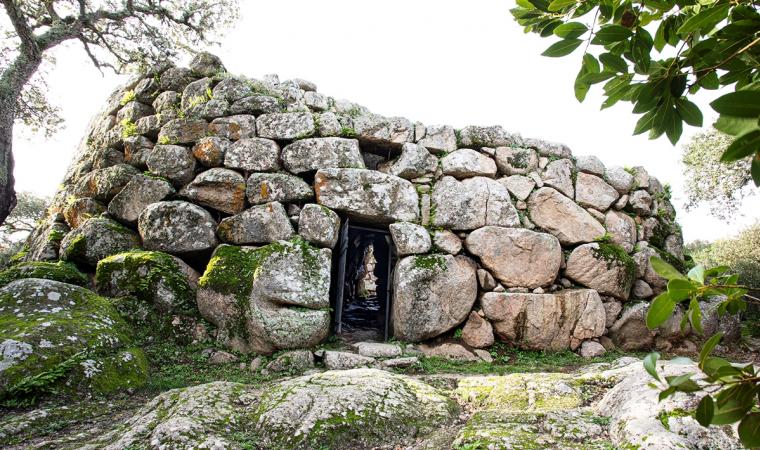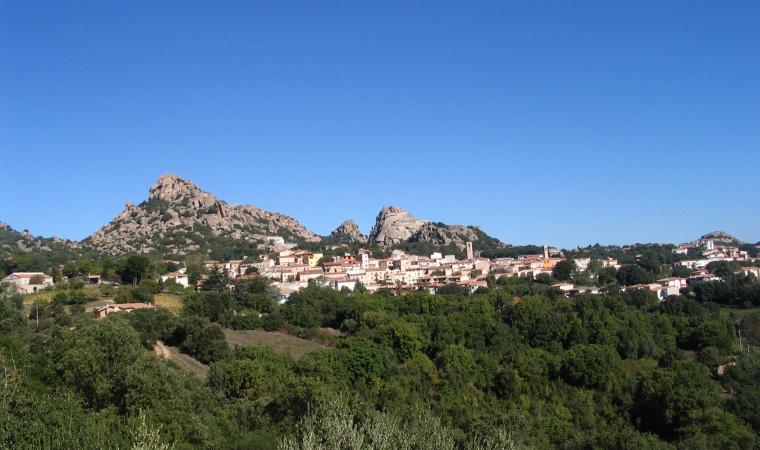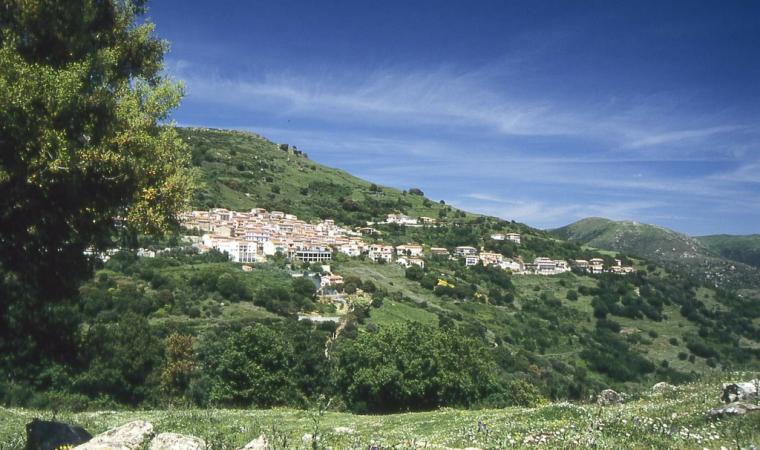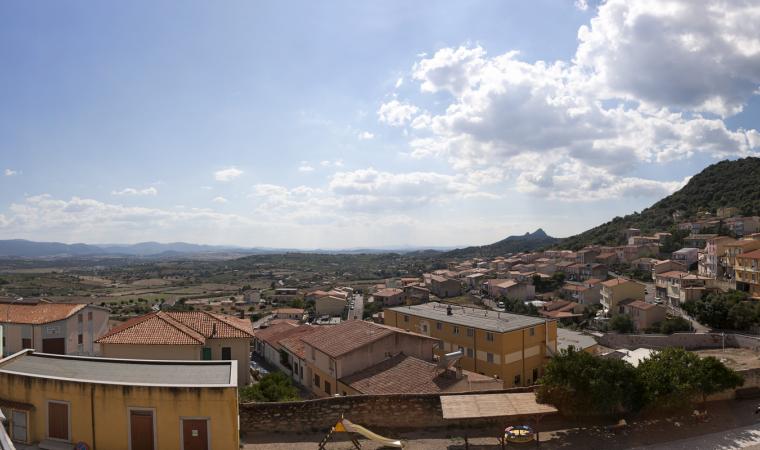Three nuraghi, a dolmen, a Giants’ Tomb and a sacred well that is still ‘alive’, all contained within a few hundred square metres, in an area that has always inspired a mystical atmosphere, as its name suggests: ‘Monte di Dio’ (Mountain of God). The complex of Monti di Deu is located in the Calangianus countryside, deep in the centre of Gallura, in a setting of woods and granite rocks in Limbara. The material with which the buildings were constructed could only be granite and some of them are still in good condition.
The nuraghe Agnu is a ‘corridor’ type nuraghe, with a horseshoe layout, a solution used to exploit the natural protrusions of the land. You can enter via a trapezoidal architraved entrance, which leads into a corridor. On its sides, you will notice three spaces opening up: on the left, a domed room, on the right a tunnel leading to a natural cavity, while another opening takes you into rectangular room. Next to the nuraghe, you will see the dolmen of the same name.
On the top of a small hill, at the foot of which the Pagghjolu, blocked by the dam of Monti di Deu, forms a small lake, a second nuraghe was built, known by the same name it shares with the locality, the mountain and the dam. It is a mixed corridor and tholos type of nuraghe. The entrance leads to a passage that once provided access to a tower, where there was atholos (false dome) room, now partly collapsed.
On a plain to the north-east of the mountain, you will notice traces of a fence, rows of granite blocks and the base of a city wall: it is here that the centre of the Nuragic village may have stood, defended by another nuraghe, identified by the name of Bonvicinu.
In the heart of a cork oak grove, you can visit the Giants’ Tomb of Pascareddha, dating back to the Middle-Late Bronze Age (17th-15th century BC). The entombment is of the orthostatic type, with an exedra made up of granite slabs driven into the ground and a twelve-metre-long apsidal tomb, made of rows of granite blocks. One of the main and best-preserved elements of the park is the sacred font of Li Paladini, also surrounded by greenery. The wall structure is surprisingly intact and the vein of spring water is still active. The well chamber is preceded by an unevenly-shaped atrium and contains a large stone with a channel for water drainage. The roof is a semi-dome, closed with two granite slabs. There are no steps, because the spring reaches the surface of the ground.
Not just archaeology, Monti di Deu is also an enchanting location thanks to its natural scenery, surrounded by cork oak, oak and alder woods, with monumental trees, and crossed by paths with wooden bridges over streams, waiting to be explored on foot, on horseback or by mountain bike. In the background is the imposing outline of Mount Limbara.

